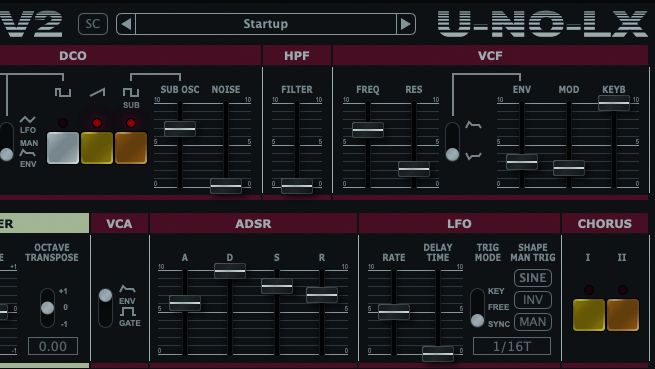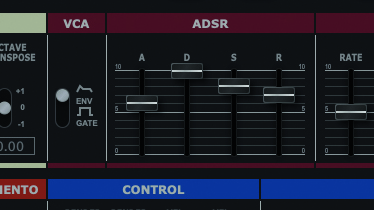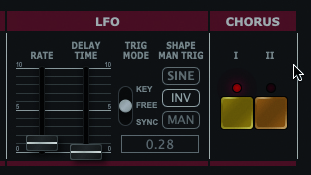How to create an '80s Juno-style pad sound
Get retro with these TAL-U-NO-LX pad sounds

It wouldn’t be the 1980s without some gorgeous pads (no, not the shoulder kind!), so in this tutorial we're going to show you how to dial in some lush goodness in the style of Roland’s Juno-60 synth.
Click here to download the files you need to complete this tutorial.

Step 1: A hallmark of 80s synthpop is lush, heavenly pads. One popular pad machine was Roland’s Juno-60, famous for its chorus circuit, and an excellent way to recreate this is with TAL-Software’s U-NO-LX. Create a 110bpm project in your DAW, call up U-NO-LX, then load up the Tutorial Files: Juno pads.mid, Beat.wav, Analog squiggles.wav and Bass.wav (available with CM 271.

Step 2: Make sure that the synth is in Startup mode. In the DCO section, we have a string-like sawtooth wave dialled in already, which is what we want. Keep the Sub Oscillator button engaged, but lower its Sub Osc level slider to about 7 – we don’t want it to end up taking up too much space in the mix. Bring the LFO amount up to around 1 for pitch-wavering motion.

Step 3: Our pad is static, so let’s get things moving. To shape amplitude, change the VCA to Env mode, then raise Attack to around 6, Decay to 10, bring Sustain down to 8, and push Release to 7. This sounds more like a pad now – sustained and lush.

Step 4: To dampen the tone, bring the VCF’s Frequency cutoff down to 7 and lift Resonance to around 2. Let’s modulate the VCF with the envelope: set the VCF’s Env to 3. Next, reverse the filter envelope’s polarity to create a nice ‘dipping’ effect. Finally, create subtle modulation by bringing the Mod slider up to around 2.

Step 5: Our pad is sounding good, but the pitch-modulating LFO is cycling too fast – sort this by switching the trigger mode to Free, then bringing Rate down to around .30. While we’re here, let’s invert the shape of the LFO – click the Invert button in the LFO shape section to flip the modulation shape.
Want all the hottest music and gear news, reviews, deals, features and more, direct to your inbox? Sign up here.

Step 6: Our pad has come to life, but there’s one more way to fatten things up: chorus! The Juno series of synths had two chorus modes – we like mode I for this pad, but you may prefer the faster II. Try engaging both buttons for a thicker, ensemble-like sound.
Computer Music magazine is the world’s best selling publication dedicated solely to making great music with your Mac or PC computer. Each issue it brings its lucky readers the best in cutting-edge tutorials, need-to-know, expert software reviews and even all the tools you actually need to make great music today, courtesy of our legendary CM Plugin Suite.
